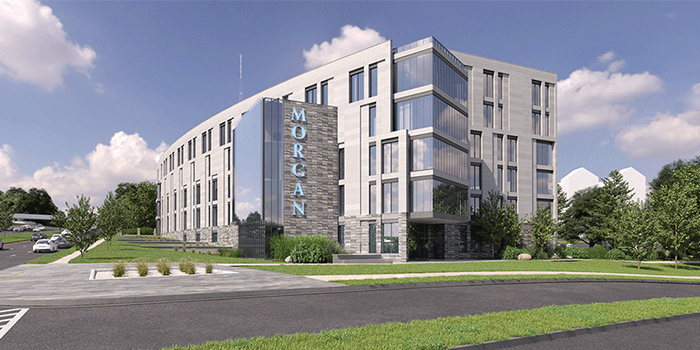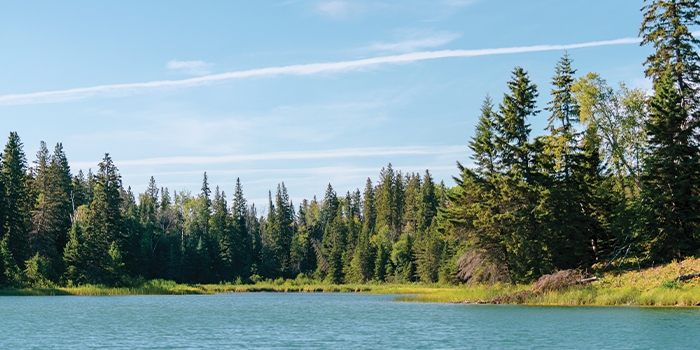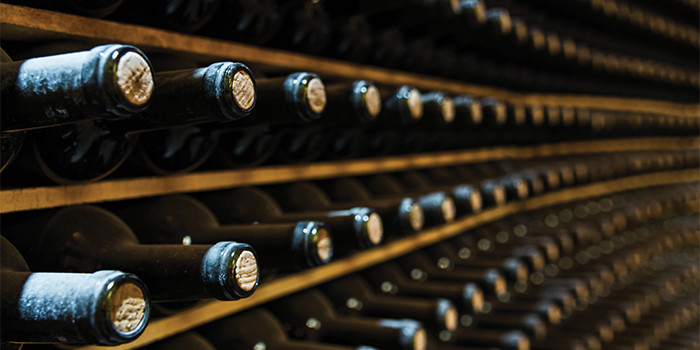New Technology to Help Sustainability
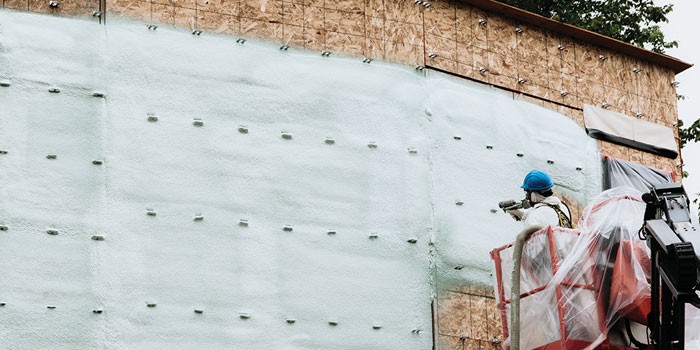

BOISBRIAND, QC – February 1, 2019 — The latest HFO products to hit the market have a lower global warming potential (GWP). An example of this would be Demilec’s Heatlok Soya HFO is 99.9% lower GWP than traditional HFC blown spray foams, while maintaining insulating properties of the product. This new HFO product has passed the most challenging Canadian testing standard - CAN/ULC S705.1-15.This product is also Greenguard Gold certified which ensures its use in much more sensitive environments, such as schools and healthcare facilities.
Maxime Duzyk, Building Science Director with Demilec explains, “Our previously-launched Heatlok product added recycled plastic to the soy oil in 2006 to be in accordance with the Montreal protocol to eliminate ozone depleting Hydrochlorofluorocarbons (HCFC). In 2018 we launched our new Heatlok Soya HFO product to meet the recent strict industry standard which continues to be non-ozone depleting, but now does not significantly contribute to global warming. Our new HFO also exceeds the EPA cut off date, which will see an industry-wide elimination of high global warming potential materials by January 1, 2021.”
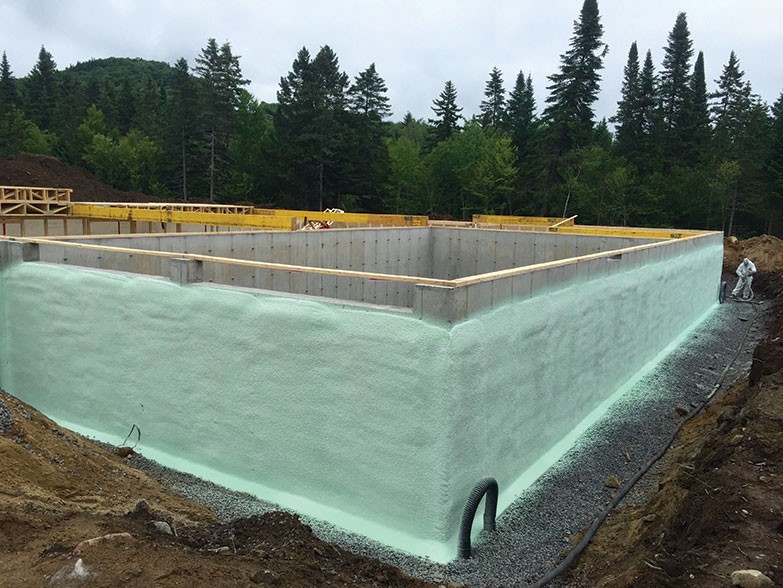
HFO foam can improve the building envelope when applied to the foundation, exterior walls, and interior walls, but when it is applied under slab, it also acts as a complete air barrier system to proect against radon gas infiltration.
Duzyk, gives various examples of where they have recently used Demilec’s Heatlok Soya HFO. “We use the foam on many large projects like schools, hospitals, and residential buildings. It really can be applied on many different areas, such as foundation walls, exterior building envelope, roofs, etc. When it’s applied under slab, it will act as a complete air barrier system to protect against radon gas (poisonous radioactive gas) infiltration, 9.5 times better than 6-mil polyethylene membrane. Radon is the second leading cause of lung cancer in Canada.”
Many contractors like the idea of using a greener product, but what are the cost implications? Duzyk states, “While spray foam is more expensive than fiber glass installation or cellulose, the installation is always included in the price and it can achieve so much more in the building space. In applications like exterior walls, exterior foundation or under slab application, the total cost of the project is lower because the spray foam acts as insulation and air/vapor barrier. There isn’t any need for mechanical fastening, not to mention labor is also reduced. It’s really the speed of the application that reduces the overall costs. For the customer, the environment was taken into consideration, providing enhanced energy efficiency to save money over time, while lowering the effect on global warming.”
If companies use a forward and environmental way of thinking, they will be focusing on sustainability. By being innovative and using the latest technology and science, companies will always stay one step ahead of the competitors, with a focus on providing cleaner and greener products for a brighter, profitable future. •
Disqus website name not provided.






